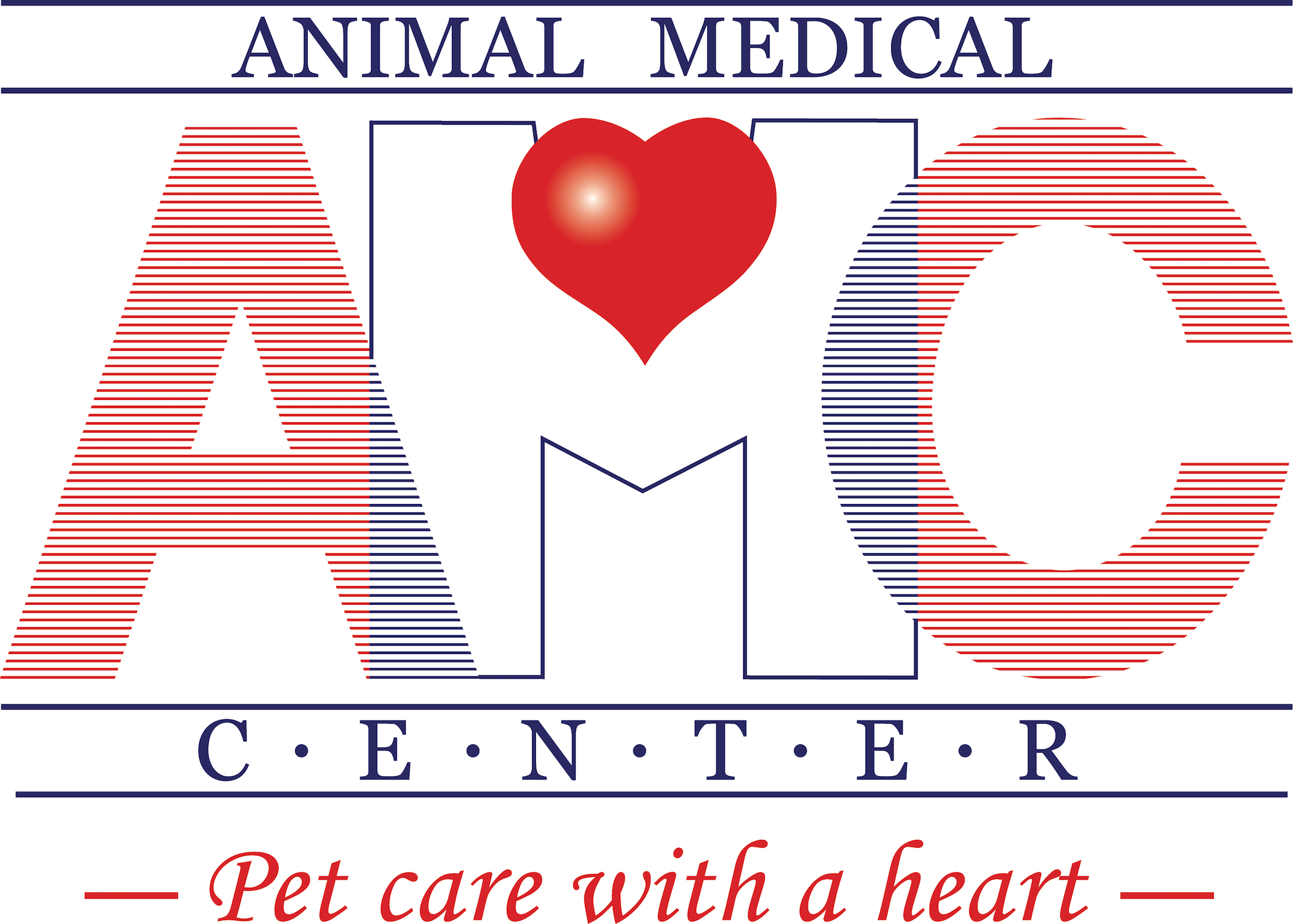Library
-
Some behaviors natural to birds can be problematic for their owners, who often inadvertently reinforce them. The first step is understanding the cause behind your bird's biting or screaming. If your bird is otherwise healthy and his environmental needs are met, positive reinforcement training is the most effective method for managing undesirable behaviors.
-
A blood feather or pin feather is a new feather growing on a bird. Blood feathers are a normal part of feather maturation. When feathers first erupt from the skin, they contain blood. Injury to the feather as it grows may cause the blood feather to become broken, causing blood loss that may require emergency treatment.
-
When traveling, you may need to board your pet at a kennel or veterinary clinic. Ask for references to find a boarding facility and visit it before having your pet stay there. A short stay before a longer trip can help your pet to settle in more easily. Be sure to leave emergency contact details for you and your veterinarian.
-
When traveling, you may need to board your pet at a kennel or veterinary clinic. Ask for references to find a boarding facility and visit it before having your pet stay there. A short stay before a longer trip can help your pet to settle in more easily.
-
Body condition scoring is a way to check if a pet is too skinny, too heavy, or just right. It allows a pet owner to determine how much fat their pet has compared to the muscles and bones. This handout outlines how to assess your pet's body condition score by look and feel.
-
Body condition scoring is a way to check if a pet is too skinny, too heavy, or just right. It allows a pet owner to determine how much fat their pet has compared to the muscles and bones. This handout outlines how to assess your pet's body condition score by look and feel.
-
Box turtles can be relatively easy to care for. However, turtles have several unique problems. Understanding these problems will allow you to better care for your pet and minimize future health care issues. This handout discusses some common problems and how to deal with them.
-
This handout summarizes breeding and queening (giving birth) in cats and the normal estrus (heat cycle). Pregnancy care and labor care are outlined, along with signs to watch for to determine if your cat is experiencing delivery complications.
-
Having a litter of puppies is an exciting event, but not without its responsibilities. At appropriate ages, puppies should be dewormed and start their vaccine series. They can start making their way to new homes by eight to ten weeks of age.
-
For the next two months, even if everything went smoothly with the birth, you have a lot of work to do! This includes keeping the whelping area clean and dry, closely monitoring the health of the mom and pups, and assisting with feeding and care of the pups as necessary. It is important to have the mother and puppies examined by your veterinarian within 48 hours of birth. The pups should be weighed regularly to make sure they are gaining weight. The mother can experience serious health problems including mastitis and eclampsia, needing emergency veterinary treatment.

